Blog
Water in the oceans also poses a risk of radioactive waste contamination in addition to pollution caused by plastics. What danger does it represent?
The dumping of waste on the seabed began to be subject to active international regulations only in the 1970s.
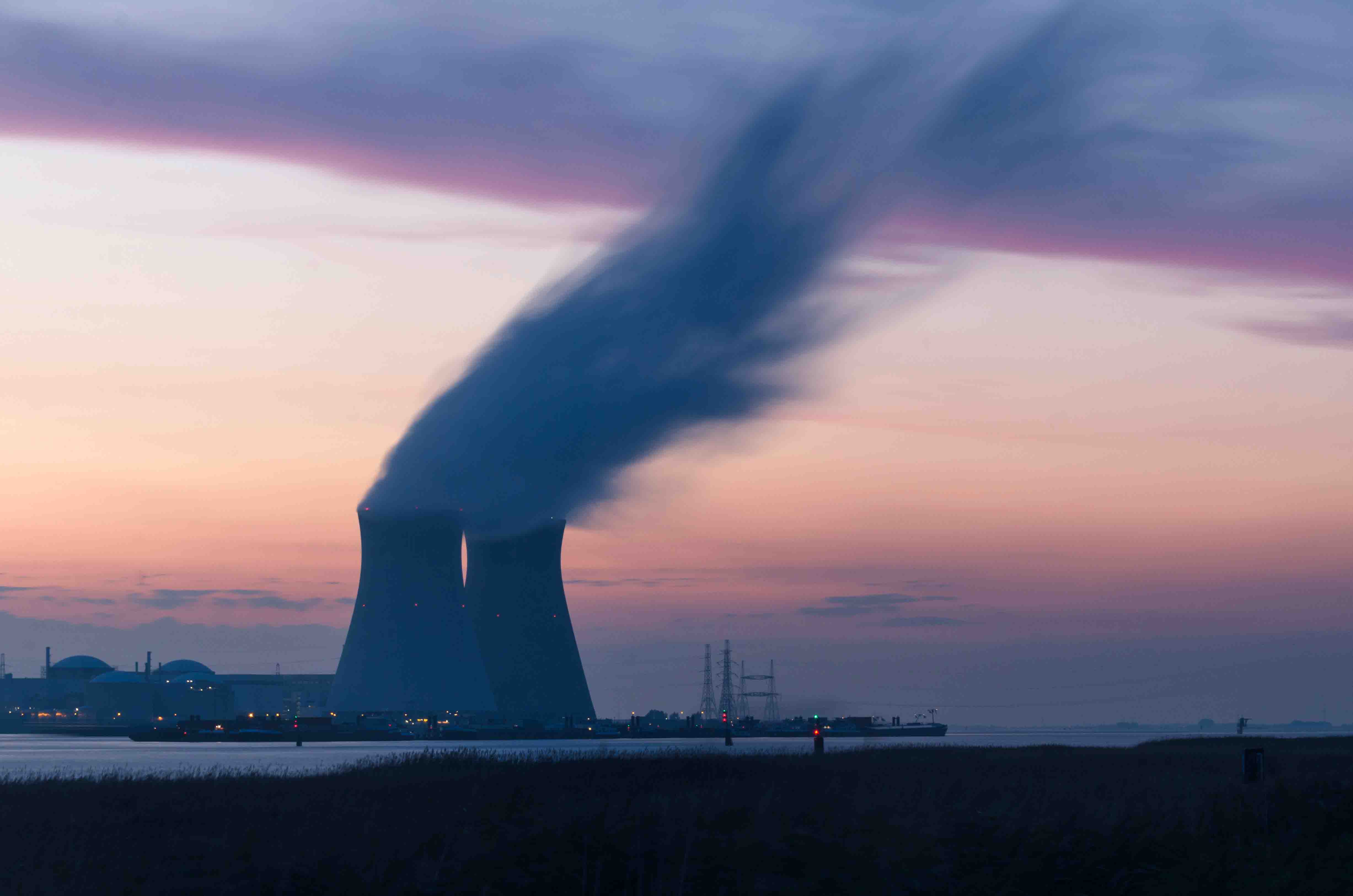
From the early 1940s to 1993, the storage of radioactive waste on the seabed was a common part of the policy of many powers in the field of waste. In addition to the question of why the ocean was selected as hazardous waste landfill site, we will also discuss how this issue can be addressed.
Beginning of nuclear boom
The first controlled nuclear reaction took place in 1942 and predicted the beginning of the mass use of nuclear energy.
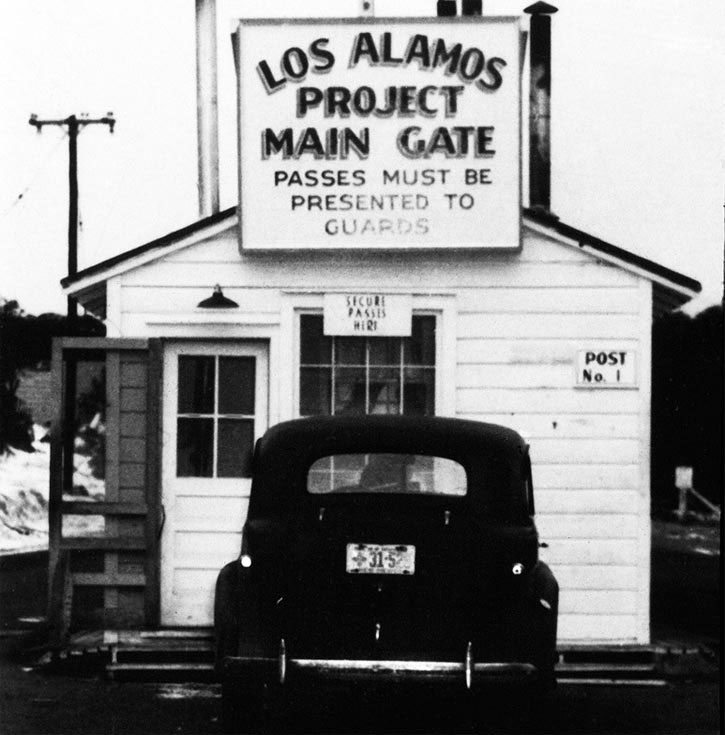
External Laboratory in Los Alamos of the Manhattan Nuclear Project, which was trying to produce the first nuclear power in the US in the 1940s. Source: lanl.gov
The problem of regular use of this energy became its residual waste, which at that time could not be reused. Therefore, countries that have the secret of producing nuclear power have decided to store it in places where no one will ever be endanged with.
The decision has been made to use the seabed, which has been selected mainly because of its geothermal and material stability. Thanks to this, the stored radioactive material did not move from its place until today.
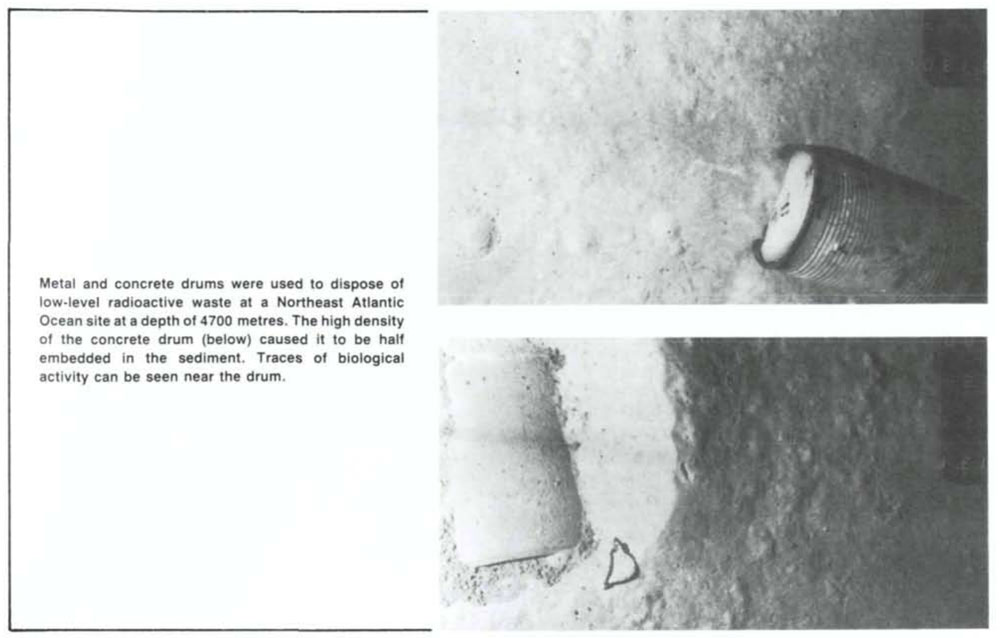
The first radioactive waste was deposited in sealed concrete barrels and was submerged to a depth of approximately 500 meters near the California coast. Source: stanford.edu
Between 1946 and 1993, ocean-like substances such as cobalt, strontium, cesium, iron, iodine and carbon, which were formerly a common part of X-ray equipment, or were residuals of building and other medical waste, arrived in the ocean.
Radioactivity, low-level
Subjects and substances that have been stored in the last century on the ocean´s floor can be labeled as first level or low-level waste (LLW) radioactive waste.
LLW only produces very low beta-gamma radiation and its radioactivity represents approximately 1% of the total volume of waste deposited on the seabed.

The lower the radioactivity of the element, the longer it takes for it to become regular waste.
Finally, the dumping of sewage into the seabed was ultimately subject to active international regulations in the 1970s, in particular the 1975 The London Dumping Convention, whose rules are currently complied with by 87 countries.
What can we do with it today?
LLW waste drums are still stored in more than 50 locations around the world.
Some can be found, for example, on the bottom of the Pacific Ocean, near the American states of California and Alaska or in the northern parts of the Atlantic, near the French and British coasts.
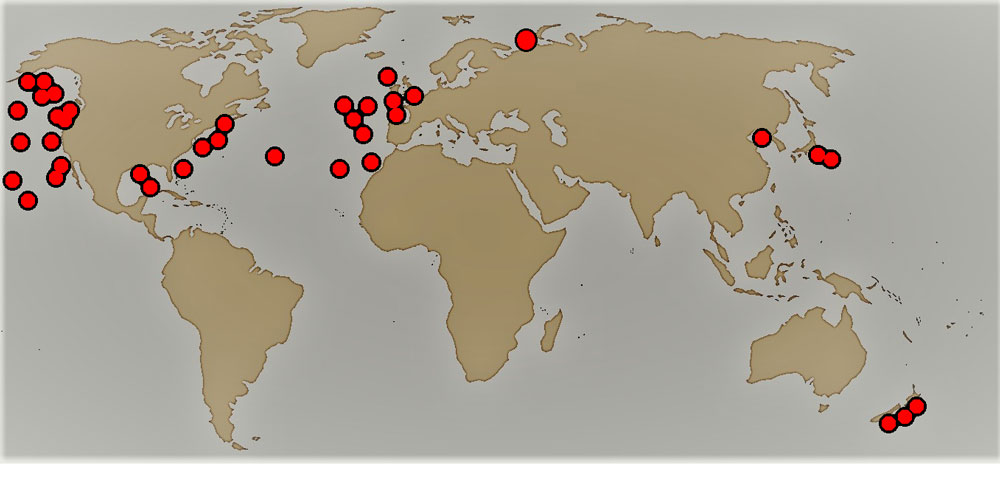
The red dot indicates places of low-radioactive waste discharge into the world's oceans. Source: stanford.edu
In regards of the growing need to protect the surrounding environment, some countries have decided to end their nuclear waste dumps.
These include, for example, Russia, which, with the help of Norwegian colleagues, has decided to dispose of its dump in the Andean bay near the Arctic Ocean and bring the environment back to its original state.
The area is considered to be one of the cleanest on earth, so any threat of ecological disaster could disrupt this unique environment in the arctic region.
On the contrary, debris from the destroyed Japanese nuclear power plant, Fukushima Daiishi, is planned to be put in the Pacific Ocean, where in 2017 nearly 770,000 tonnes of polluted water have been discharged.
The Maastricht Protocol of 1993 and its rules on the management of other radioactive waste at sea remain in force until 2018. After that period, the possibility of disposing of waste on the seabed is likely to be re-examined in more detail.
How big of a danger is it?
Until today, it has not been officially confirmed that radioactive radiation might escape from these locations and therefore there is not a risk for people living in the vicinity of these landfills.
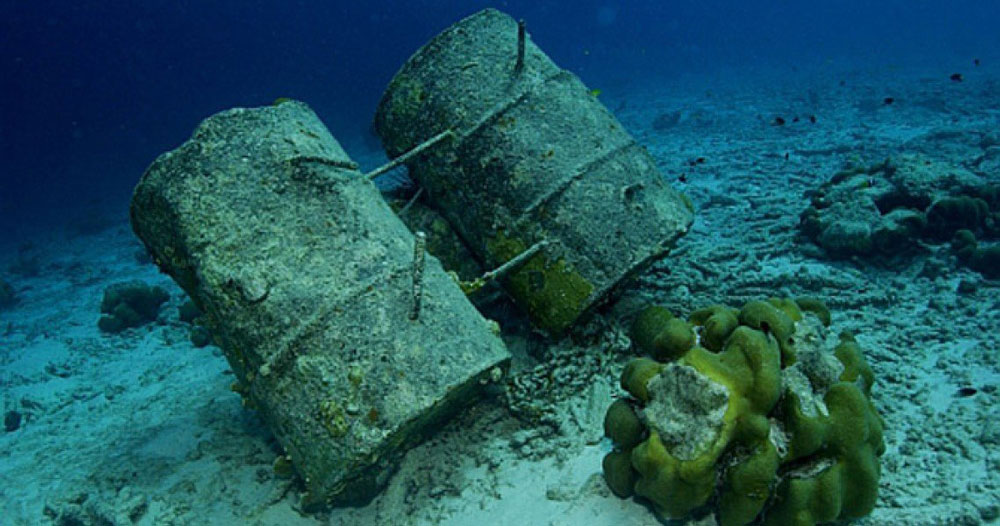
Barrels illegally submerged near the Italian coast. Source: bng.gal
However, many worry about this illegal discharge into the sea, which is dominated by various world criminal organizations.
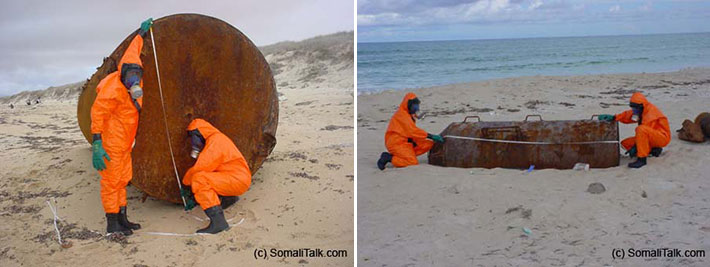
Radioactive waste is illegally discharged, especially on the coast of Somalia, and causes severe health problems in the surrounding area. Source: eterra.com.ng
Worldwide ban is not enough to regulate every single country for several years. It is therefore necessary for the country to draw up a long-term plan to reduce the amount of its radioactive waste or appropriate tools and knowledge for its further recycling.
More articles
Meat processing and waste water treatment - example of a treatment plant 2
Works on the intensification and completion of a wastewater treatment plant for our customer have just begun in recent days. Factory is one of the...
How to deal with highly polluted wastewater in starch industry
Read how Hydrotech engineers have designed the process of anaerobic purification of starch wastewater.
